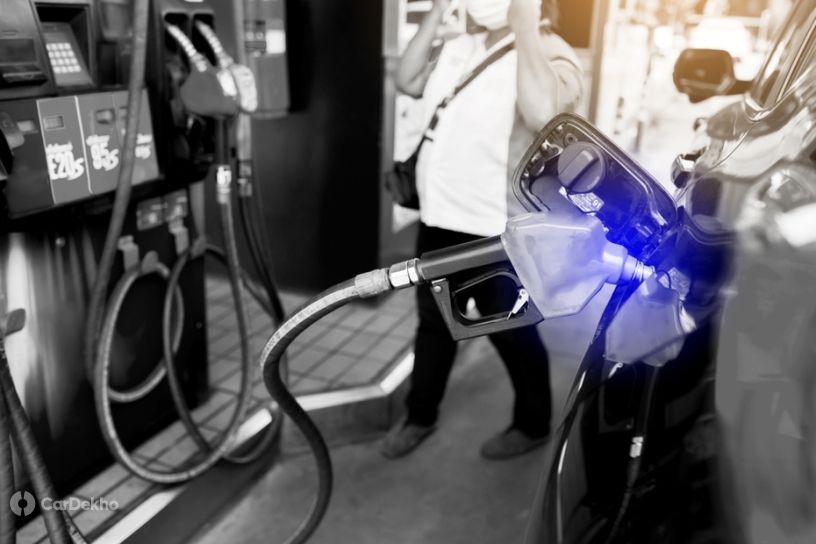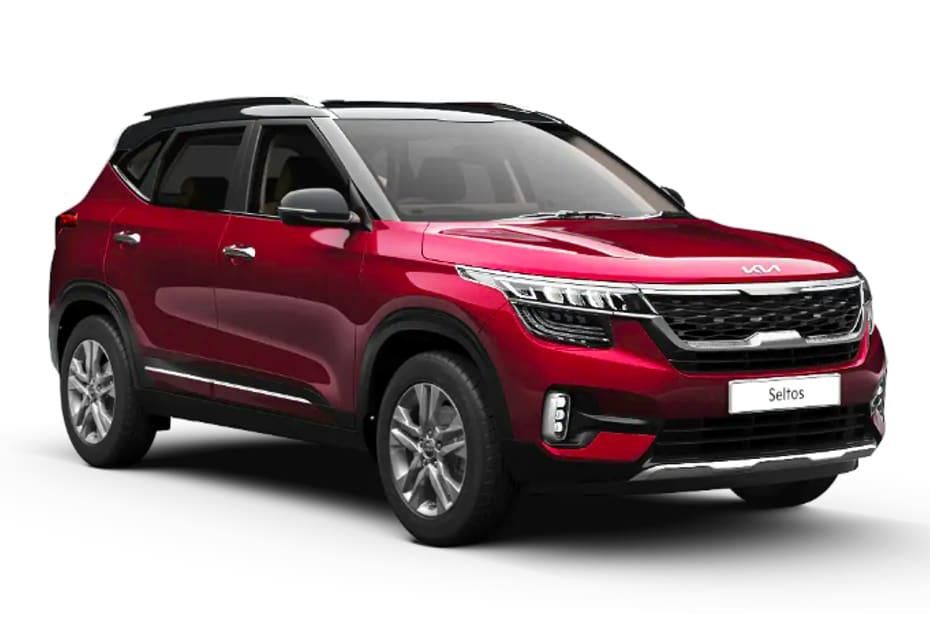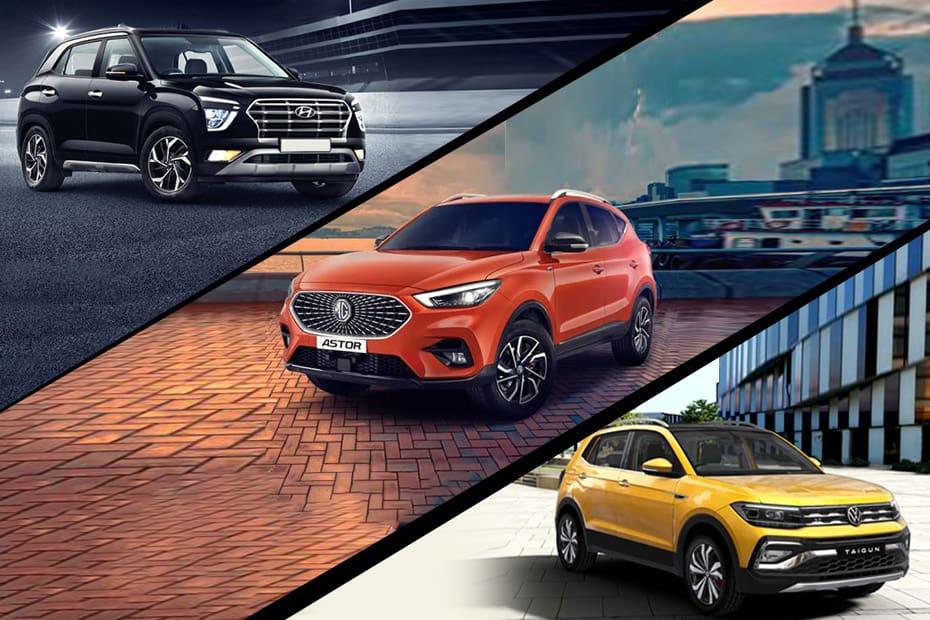7 Ways That The Proposed 20 Percent Ethanol Blend Petrol Could Affect Consumers
Modified On Jun 11, 2021 01:16 PM By Tarun
- Write a comment
While there are some advantages of ethanol, there are some serious disadvantages too

The Indian government is exploring different fuel options which would be more accessible, affordable and easier on the environment. As the frontrunner, we have CNG but there’s also ethanol biofuel in consideration.
Ethanol, which is naturally produced by the fermentation of sugars by yeasts or via petrochemical processes such as ethylene hydration, is the principle biofuel option we have right now. In its purest form it cannot be used in a car, so it has to be blended with gasoline (petrol).
Currently, five percent ethanol blending is seen in Indian cars, while many oil marketing companies do retail 10 percent ethanol blend fuel as well. Cars in our country can adapt to 5-10 percent ethanol, depending on the engine.
The government plans to make all cars ready for 10 percent ethanol blend by April 2022 and 20 percent by 2025. This move will affect consumers in positive and negative ways, so let’s break down what they are:
1. Less Fuel Efficiency
As per the government report, if your car’s engine is engineered for zero percent blend but is used with 10 percent ethanol, it is projected to have a 6-7 percent drop in fuel efficiency. Similarly, if you use 20 percent blend on a 10 percent ethanol-engineered engine, it is expected to reduce the efficiency by 1-2 percent. The report suggests that 20 percent ethanol-engineered engines are also likely to experience lower fuel economy.
2. Engines need to be modified to accept higher ethanol blends
If certain modifications are done to the engine, including changes to the hardware and tuning, the efficiency loss can be reduced. This will come from the side of manufacturers, who need to make sure that their cars come with the necessary modifications. Manufacturers need to make sure that the materials are compatible, and engine tuning (spark timing) and engine compression ratios are set to the optimal level.
3. Reduction in emissions
Ethanol blending offers a higher octane number and a higher flame speed, which helps in complete combustion and reduces vehicular emissions such as hydrocarbon, carbon monoxide and particulate matter. This is what makes it a cleaner and environment-friendlier fuel.
4. No Startability, Drivability And Malfunction Issues
Upon conducting regular tests with 20 percent ethanol blend, the government found that the test vehicles passed both startability and drivability tests in hot and cold conditions. There was no severe malfunction or stalling observed at any stage of testing. However, this was only possible after the modifications done to the engine.

5. Ethanol fuel could be more affordable than petrol and diesel
Since there would be a drop in fuel economy, the government plans to offer incentives like reduction in taxes to promote the fuel. Since it is locally made from raw materials and there’s no import hassle, ethanol could be attractively cheaper than petrol and diesel.
6. Slightly higher cost of purchase
Since the engines need to be recalibrated and higher grades of materials need to be used, the manufacturing costs will increase. So, the prices of the cars are expected to increase by Rs 3,000 to Rs 5,000 once switched to 20 percent blend.
7. What about existing cars?
In the case of existing vehicles, retrofitment of parts developed for 20 percent blend is a difficult task. The customers will have to drop in the car, get the engine and parts changed, which will also be a costly affair. So for existing vehicles, the government has recommended the use of 10 percent ethanol blend petrol, while the new cars will support 20 percent blend.
Brazil Case Study
Brazil is one of the most leading countries in the use of ethanol fuel. The blending in Brazil should be between 18-27.5 percent, which is currently at an average of 27 percent. The country also supports flex fuel engine technology, which basically means over 85 percent of ethanol blending. Over 80 percent of the vehicles in Brazil accept flex fuel when last recorded in 2019.
The vehicles have to be heavily modified to get optimal performance and fuel economy in the case of flex fuel engine technology. It will further lead to an increase in the buying as well as maintenance cost, which won’t go well in our country. As per the report, the technology could increase the prices of cars in India by Rs 17,000 to Rs 25,000.
- Hyundai’s Nexo Electric SUV May Be India’s First Hydrogen-powered Vehicle
- Here Are The Top CNG Cars You Can Buy In India Now
While there are still some challenges for accepting higher blends of ethanol fuel in India, the government is planning to make 10 percent blending mandatory in every car starting from 2022. It will definitely reduce pollution, but will be slightly heavier on your pocket.
6 out of 6 found this helpful













